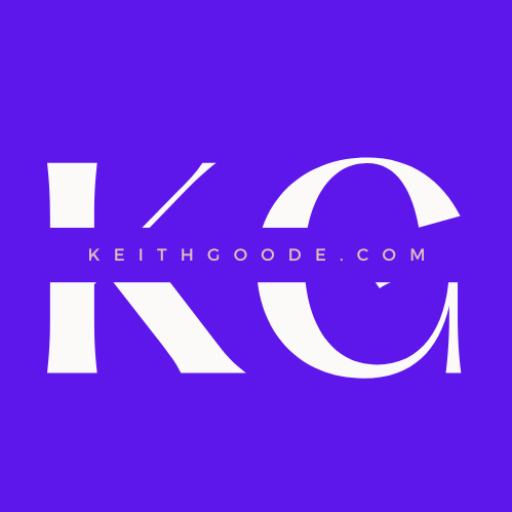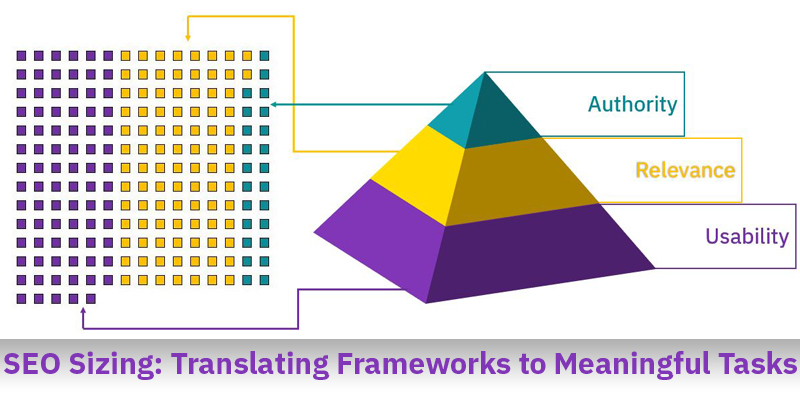The Search Experience Framework
The Search Experience Framework, which we called URA SEO back at seoClarity, rests on a foundation of Usability. This is the technical foundation that insures that your site is accessible and crawlable, responsive for the latest and greatest technologies, fast loading, and nimble in the face of emerging user technologies.
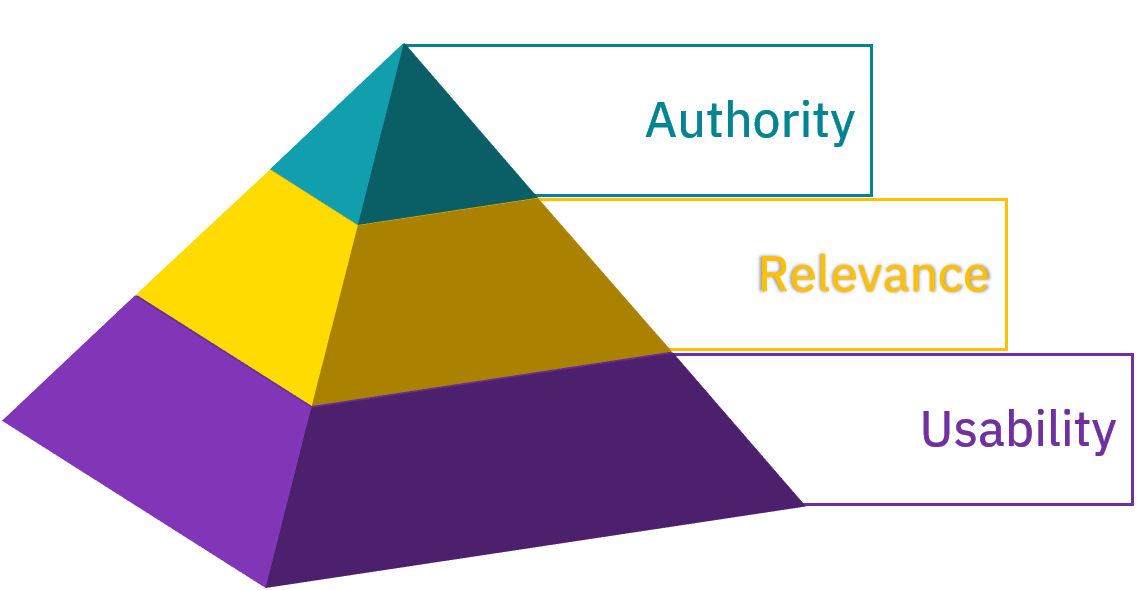
In 2019, it's all about going beyond the Google search. @keithgoode #SEOTip https://t.co/90OjUwbybz pic.twitter.com/ggByyR15Lf
— SEO Services (@SEO_Aus) March 18, 2019
How then can you translate this massive framework into actionable items that you can insert into a strategy or into an Agile sprint?
Breaking Down the Framework into Actionable Items
Without context, all problems look the same. If every problem discovered during an audit is presented the same way, it would look a bit like this image, where every problem is the same size and same color.
How would you prioritize this? Which items would you work on first? Would you just go one-by-one? Which items have a dependency on other items? How would you predict and then measure the impact of fixing any of these issues?

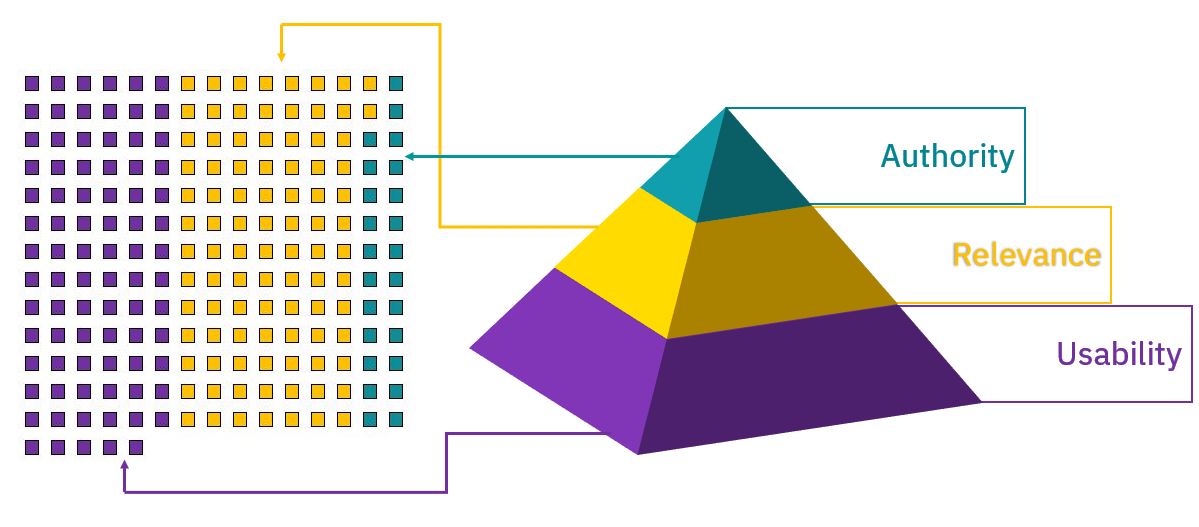
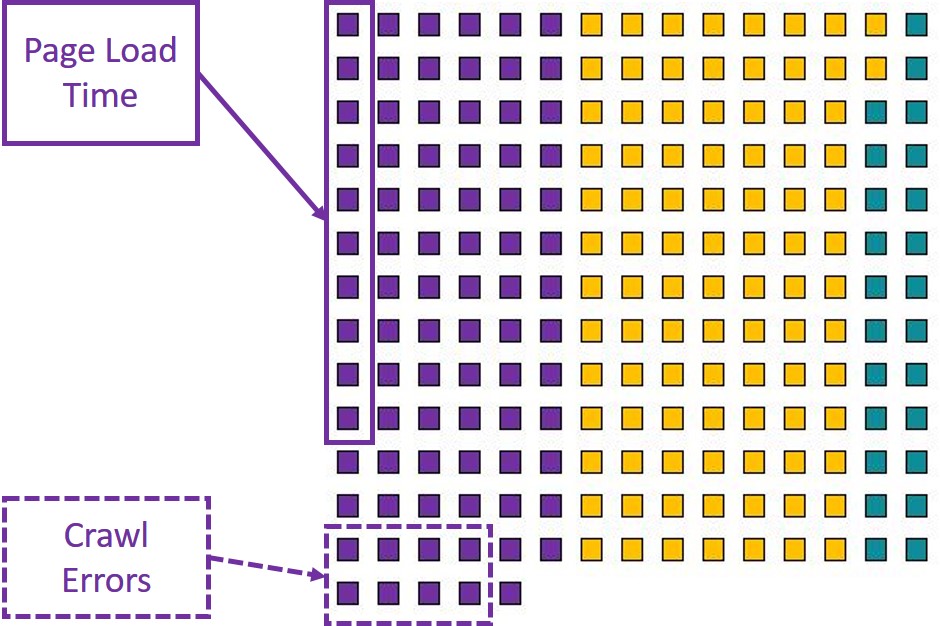
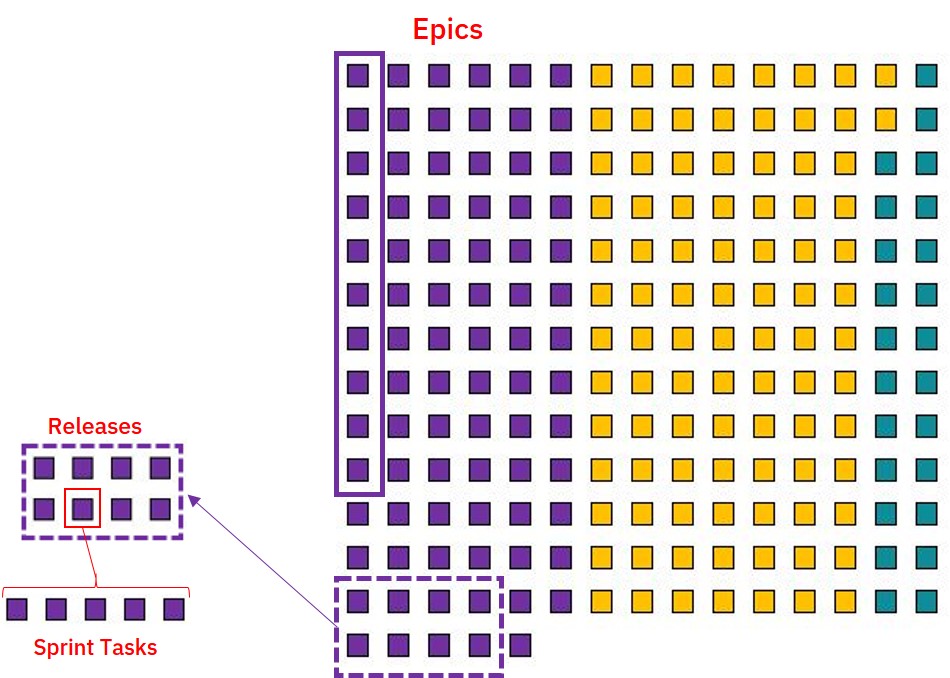
But because of the size of this undertaking, the block will need to be broken down into individual Releases, which are when the team produces a minimally marketable product/result. Perhaps the Epic can be broken down into individual User Stories, which state something along the lines of, “As a site owner, I want to repair all broken internal links on my site.” And this Story can be further broken down into sprint-sized pieces, which are tasks that individual team members work on for a two-week period.
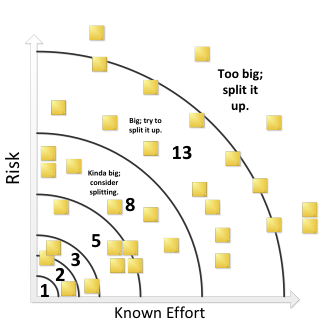
The entire point of sizing is to be able to get a line-of-sight on a solution and to accomplish your goals without burning out your team members. The additional benefit to implementing using the Agile Methodology is that you can develop the habit of iteration toward perfection, rather than demanding perfect results every time.
Summary
Hopefully, I’ve helped you to see how to view your site’s issues through the lens of a framework and then to understand how to break everything down into manageable pieces.
I’d like to chat with you and see how you manage your digital marketing efforts. Catch up with me at one of my upcoming conferences and say “Hi!”
